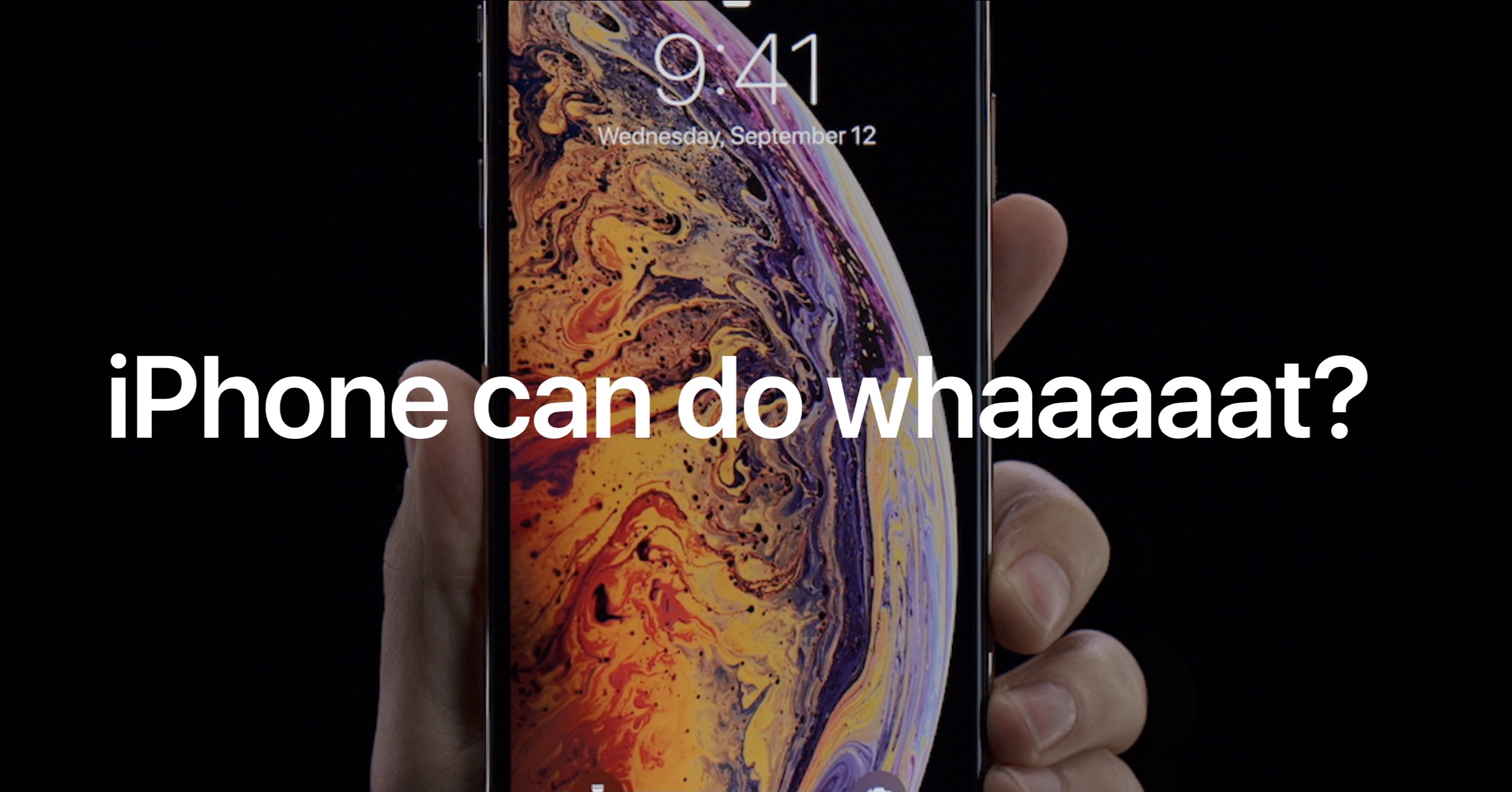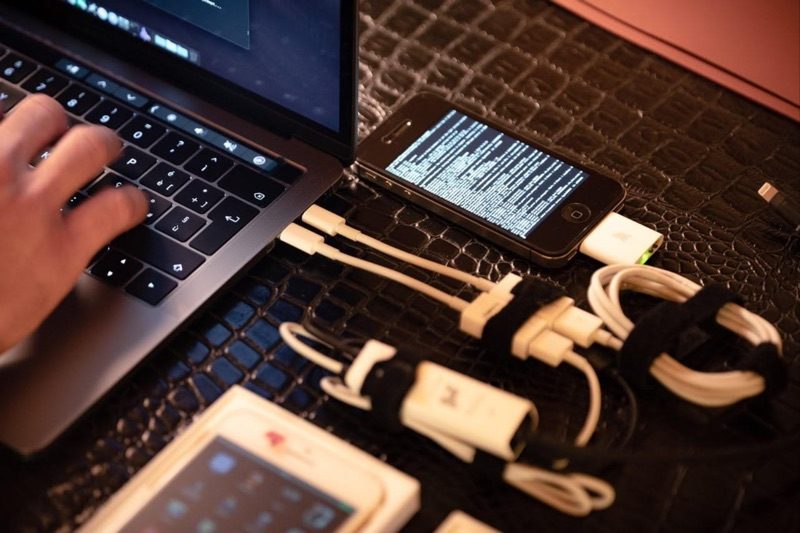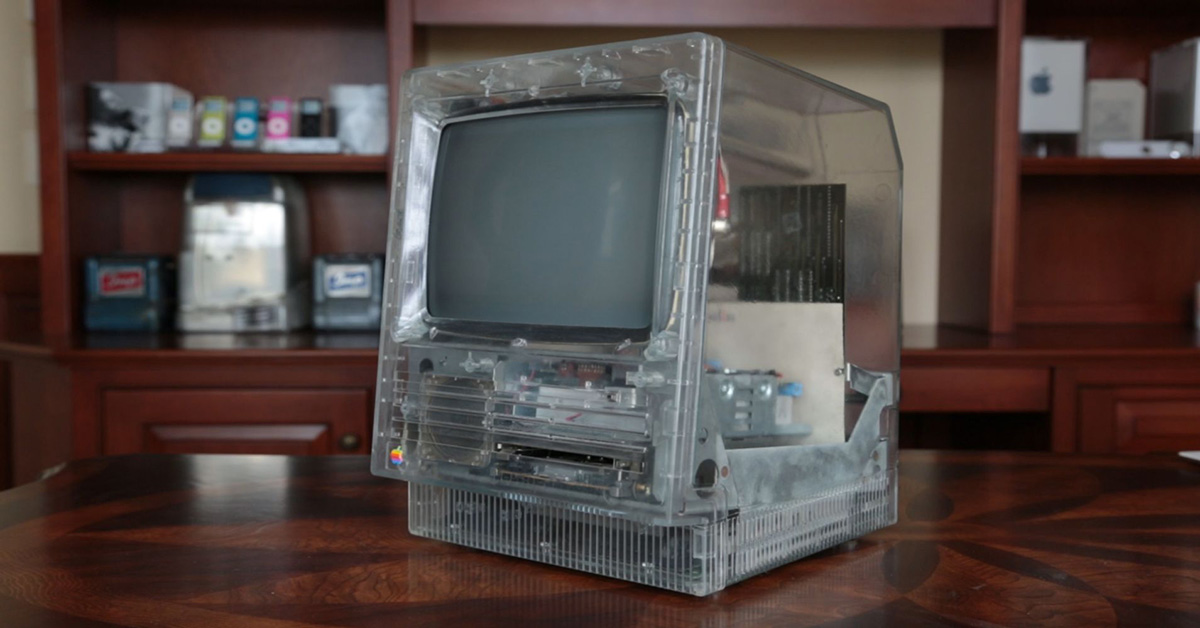Have you ever wondered how security flaws in iPhone security systems are discovered? How do you search for software or hardware exploits and how do programs that deal with finding critical errors work? It's possible to discover things like this by accident - as happened a few weeks ago with the FaceTime exploit. Usually, however, special prototypes of iPhones are used for similar actions, which are a rare treasure for various security experts, as well as hackers.
It could be interest you

These are so-called "dev-fused iPhones", which in practice and translation means iPhone prototypes intended for developers, which, moreover, do not contain the final version of the software and their use is strictly tied to the development and completion of the product as such. At first glance, these iPhones are indistinguishable from regular retail versions. It differs only in the QR and barcode stickers on the back, as well as the visible Made in Foxconn inscription. These prototypes should never reach the public, but this happens relatively often, and on the black market these devices have immense value, mainly because of what they hide inside.
As soon as such a "dev-fused" iPhone is turned on, it is almost immediately apparent that it is not a regular production model. Instead of the Apple logo and the loading of the operating system, a terminal appears, through which it is possible to get to practically any corner of the iOS operating system. And that is exactly what is happening, on both sides of the imaginary legal (and moral) barricade. Some security firms and experts alike use iPhones to find new exploits, which they then report or "sell" to Apple. In this way, critical security flaws of which Apple was not aware are sought.

On the other hand, there are also those (whether individuals or companies) who look for similar security flaws for completely different reasons. Whether it is for mainly commercial purposes - offering special services for breaking into the phone (as, for example, the Israeli company Cellebrite, which became famous for allegedly unlocking an iPhone for the FBI), or for the needs of developing special hardware that is used to break the security of iOS protection device. There have been many similar cases in the past, and there is logically a huge interest in iPhones unlocked in this way.
Such phones, which manage to be smuggled out of Apple, are then sold on the web at prices several times higher than the normal selling price. These prototypes with special software contain unfinished parts of the iOS operating system, but also special tools for managing the device. Due to the nature of the device, it also does not have the usual security mechanisms that are activated in commonly sold models. For that reason, it is possible to get into places where a regular hacker with a production model cannot reach. And that is the reason for the high price and, above all, great interest from interested parties.
https://giphy.com/gifs/3OtszyBA6wrDc7pByC
For the practical use of such an iPhone, a proprietary cable is also required, which enables all manipulations with the terminal. It's called Kanzi, and after connecting it to an iPhone and Mac/MacBook, the user is given access to the phone's internal system interface. The price of the cable itself is around two thousand dollars.
Apple is well aware that the aforementioned iPhones and Kanzi cables are going where they definitely don't belong. Whether it's smuggling from Foxconn's production lines or from Apple's development centers. The company's goal is to make it impossible for these extremely sensitive prototypes to get into unauthorized hands. However, it is not known how they want to achieve this. You can read a very comprehensive story about how these phones are handled and how easy it is to get hold of them <a href="https://cdn.shopify.com/s/files/1/1932/8043/files/200721_ODSTOUPENI_BEZ_UDANI_DUVODU__EN.pdf?v=1595428404" data-gt-href-en="https://en.notsofunnyany.com/">here</a>.
It could be interest you

Source: Motherboars, Macrumors